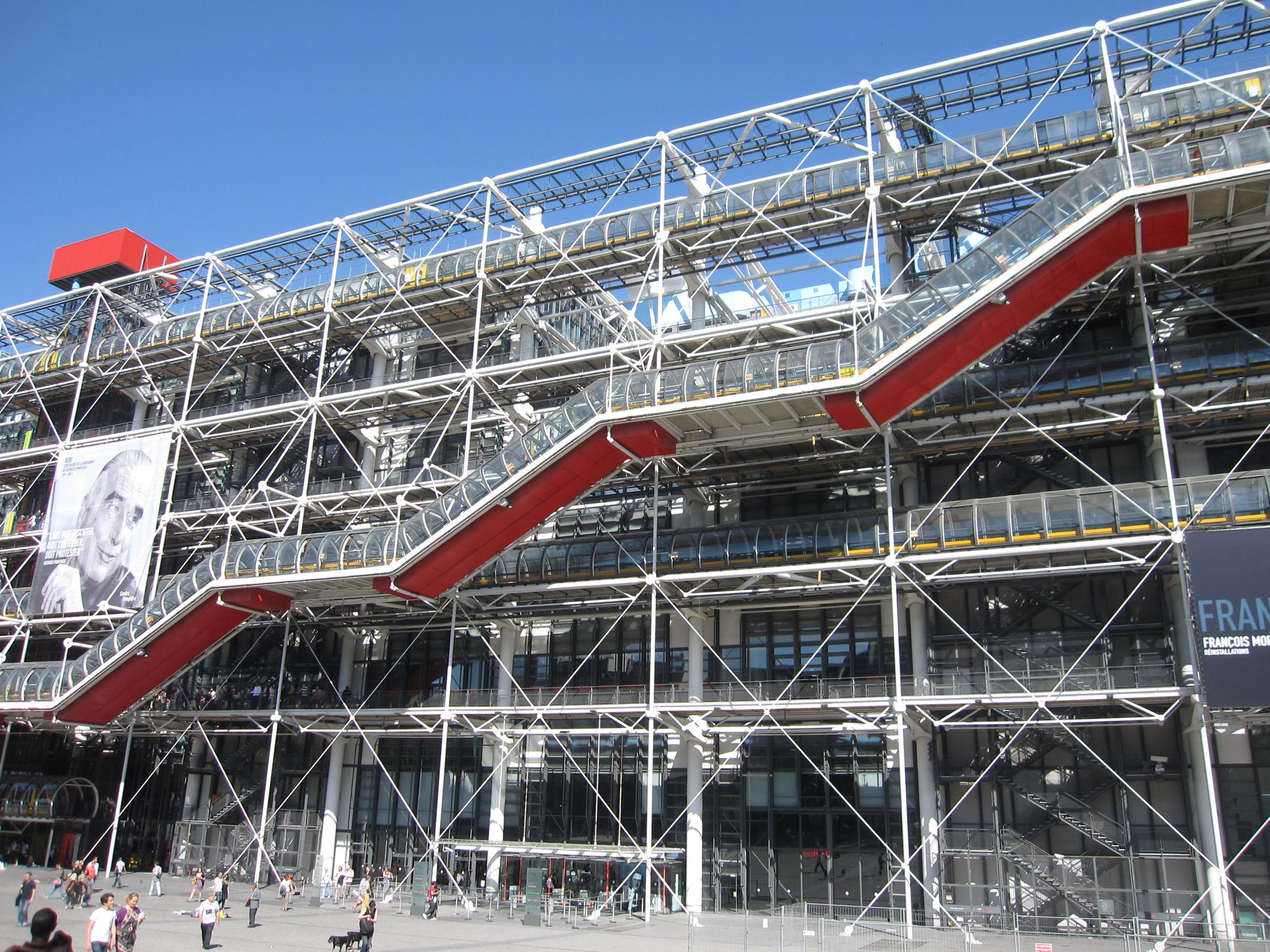-
No human brain is born hard-wired for reading. Reading is an adaptation created through repetition and practice. It is not an instinct.
-
There is a tiny area in the back left part of the brain called the “letterbox” area, which gets reorganized to reflexively recognize letters and their associated sounds.
-
Surrounding this, there are 2 networks through which letters get processed, one for sound, and one for meaning.
-
About 5-17% of people are born with brains that have different structures in and around the letterbox area, such that the process of building reflexive sound/symbol recognition (i.e., early reading) is less efficient.
-
Many of these brains actually recruit other areas from the right side of the brain to help out with the processing of letters and words.
-
Differences on the order of milliseconds per letter make the process of learning to read cumbersome. (It’s not that these brains don’t learn the letters, it’s that they’re using more brain to do it, and the process is just a bit slower on the single letter level, resulting in a more laborious process of sounding out words.)
-
Brain imaging studies show that the letterbox area and its two associated meaning/sound networks become more efficient and develop stronger connections through training that is systematic, direct, and explicit. A multisensory approach, involving the hands (i.e., tracing, writing, forming the letter symbols) is most helpful.
-
The same brain differences that make reading harder can also result in outstanding skills in other areas, like engineering, arts, entrepreneurship, and other fields that tap into spatial awareness, perception, big-picture thinking, and innovation.
Because of the way our educational system is set up, kids who are born into these types of brains often have to endure years of struggle and shame, trying to navigate and assimilate into a system that emphasizes their weaknesses, not their strengths. Let’s work together to:
-
Identify these kids earlier
-
Start their evidence-based reading interventions earlier
-
Provide them with early opportunities to hone their natural skills, such as through a STEAM (science, technology, engineering, arts, mathematics) track starting in 2nd Grade



